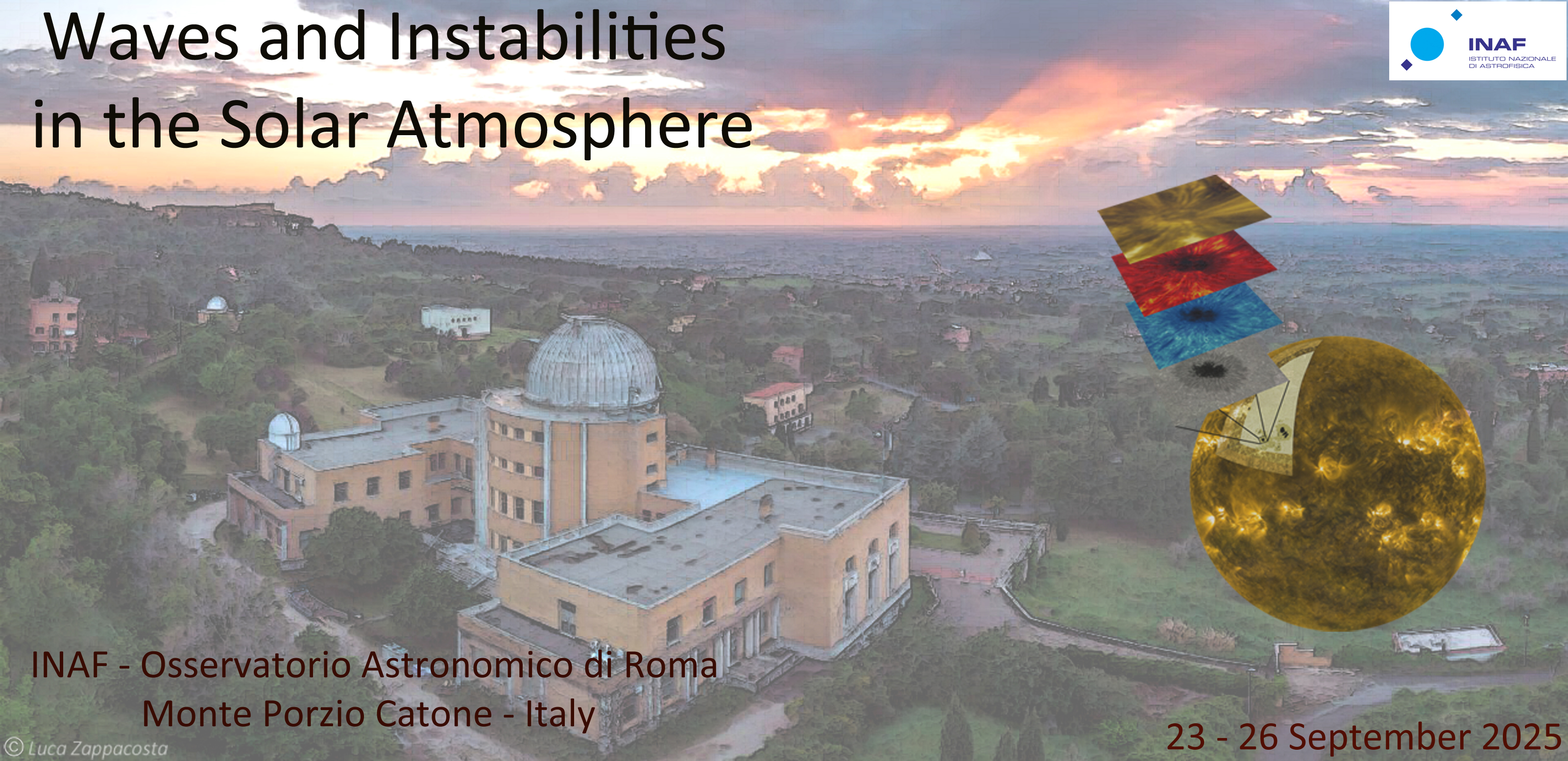Speaker
Description
Atmospheric gravity waves (AGWs) are buoyancy-driven waves generated by overshooting turbulent convection in the vertically stratified solar atmosphere. These waves are of particular interest due to their potential role in mediating the energy balance of the chromosphere. AGWs are typically analyzed through k-ω diagnostic diagrams, which are interpreted by comparison with theoretical models accounting for stratification and radiative damping. However, a longstanding discrepancy exists: observed diagnostic diagrams often deviate significantly from predictions using these oversimplistic models. Previous theoretical work has shown that in the presence of inclined magnetic fields, AGWs can exhibit a range of consequential behaviors, including reflection, non-linear wave breaking, and mode conversion into Alfvén waves and fast/slow magnetoacoustic modes. In this study, we derive solutions to the full 3D MHD dispersion relation in order to qualitatively and quantitatively reproduce observed k-ω diagnostic diagrams of AGWs. We then use these magnetic dispersion solutions to infer average field strength and inclinations in the lower chromosphere, over the spatial and temporal scales corresponding to the observations of AGWs. These inferred field parameters are compared with co-temporal and co-spatial Helioseismic and Magnetic Imager (HMI) magnetograms. This work provides a compelling explanation for the longstanding mismatch between AGW observations and theory and offers a novel method for indirectly probing chromospheric magnetic field properties via wave diagnostics.
| Sessions | Novel diagnostic techniques and forward modelling |
|---|

